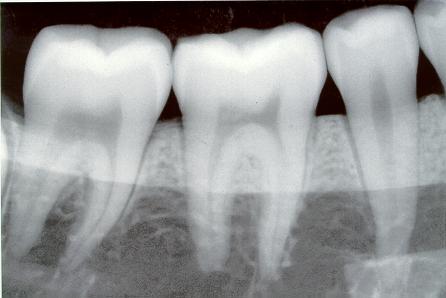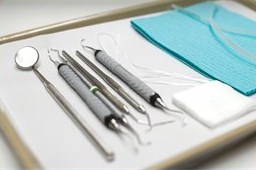 I guess you could say a life of good dental hygiene starts at home. More specifically it starts with young children at home. That means parents, listen up. You have the power to provide your child with the tools and habits that can lead to a cavity free life. That’s right…no cavities.
I guess you could say a life of good dental hygiene starts at home. More specifically it starts with young children at home. That means parents, listen up. You have the power to provide your child with the tools and habits that can lead to a cavity free life. That’s right…no cavities.
Kids love “cavity-free dental check ups“. It means no appointments requiring sleepy juice (freezing by injection with a needle) for a dental filling. No watching them after a dental appointment to ensure they don’t chew on their cheeks because they can’t feel it.
What? Your kid loves to go to the dentist and doesn’t mind any of this? That’s good because if they have a filling as a child, chances are that filling will need to be replaced more than one time in the future. When it is replaced, more natural tooth structure is lost, and every time this tooth is treated there is risk to the nerve in the tooth. What does that mean? This means the nerve could become damaged and root canal treatment required. Then what? After a tooth has had root canal treatment it is recommended that a crown be placed. It doesn’t end there, as a crown doesn’t last forever.
But the good news is, you can spend a few minutes each day helping to prevent cavities. Dental hygienists recommend toothbrushing for 2-3 minutes. Thus the timer on electric toothbrushes is 2 minutes long. So, 3 times a day at 2 minutes = 6 minutes per child. More if they snack often. Piece of cake right?
Now in reality, and having children of my own I know it is not 6 minutes per child. When my son was 2 -3 yrs old , it was 6 minutes of brushing and 10 minutes for my husband and I to hold him down. Thank goodness that stage didn’t last forever, as it was not something we looked forward to each day.
This difficult stage I believed was pay back. Prior to having children I was a dental assistant and helped place fillings in children’s teeth. I once worked in a hospital setting with a dentist that placed many fillings, extracted decayed baby teeth, and placed stainless steel crowns on children’s teeth. Due to the amount of dentistry they required, and their young age, they were treated under general anesthesia in the OR. I remember thinking “why doesn’t someone just brush these kids teeth?”. Then I had children.
You can have the best intentions and limit sugary snacks, but essentially most foods can contribute to cavities. Fruit for example, contains natural sugars that supply bacteria in the mouth with fuel. The bacteria release acids, and the acids break down enamel, causing a cavity. Fermentable carbohydrates as well as sugars in children’s medicines are also fuel for bacteria. Bacteria love it, but tooth enamel doesn’t.
Teeth need to be cleaned properly of food particles after eating to prevent or cut short this “acid attack”. One’s own saliva can neutralize the acid after approximately 20 minutes. If a child is snacking frequently add up the minutes per day an acid attack is occurring to their teeth. In other words, for children that have a sippy cup – water is a great choice for drinking throughout the day, otherwise their teeth could be exposed to acids for a majority of the day.
Children love to exhibit their independence at an early age, and despite their best negotiating don’t give in and let them brush their teeth “by themselves”. Don’t break down even if they use the puppy dog eyes…stand firm. If really young, they are likely only chewing the toothbrush, but that good let them have “a turn”, then its “parents turn”. Children do not have the manual dexterity to reach all the surfaces throughly. Thus, parents need to help until they are 8 or 9 years old.
Flossing is another story, they really can’t master this technique until they are 10 or 11 years old. I know I have seen some adults in the dental chair who haven’t mastered their own flossing despite their own self confessed once a week attempts for 30 years , so seriously, can your children do it? Plastic floss handles are a great tool for both parents and children.
So if you have been at a loss because you thought that brushing EVERY night was all that was required for your children, and yet they have had a cavity, consider how often they are snacking, and how many minutes their teeth could be under acid attack.
Remember to prevent children from getting a cavity (also called tooth decay) one must :
– brush and floss after eating (only brushing at night 2 – 3 hours after last eating doesn’t cut it)
– adults need to help with toothbrushing until age 8 -9 yrs old
– adults need to help with flossing until 10-11 yrs old
Often children are taking medications, or using inhalers for medical conditions that can create a higher risk for cavities, if this is the case, ask for suggestions from your dental hygienist….. dental hygienists love to talk “prevention”….








